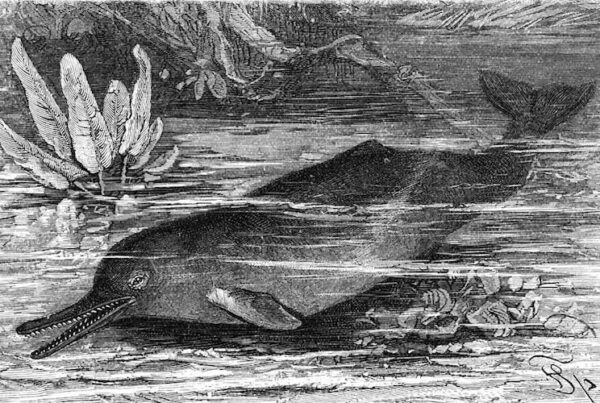The “fruit basket of Pakistan” is a well-known nickname for Quetta, a place with enormously beautiful scenery that defies belief. The earliest thorough description of Quetta dates back to the 11th century, when Sultan Mahmud Ghaznavi took it during one of his expeditions of South Asia. When Humayun, the Mughal emperor, retreated to Safavid Persia in 1543, he slept at Quetta, leaving his infant son Akbar there until his return two years later.
The city, district, and division of Quetta, often spelt Kwatah, is located in Pakistan’s Balochistan region. The name is a variant of the Pashto word kwatkot, which means “fort,” and the city is still referred to locally by its former name, Shāl or Shālkot. Like all ancient cities, this city too has its own folks and myths. “The mum of Quetta” is one of the most famous myths of Quetta.
Tales of the Mum
According to folklore, the Mum was a hideous being with an upper body like a female person and a bottom body resembling a lion or other wild animal. People often describe the mother as having long claws, curling black hair, and a very long bushy tail, and as being either on two legs or four. According to our elders, the mother spent most of her time in the Koh-e-Murdar or Hanna valleys and lived in dark caves in the Quetta highlands. It is believed that the mother prayed for children who misbehave or for those who remain in the mountains after dusk. In addition, mother mysteriously stole lambs and goats from nearby farms to satisfy her appetite.
Since it was generally believed that Mum existed in the 1900s, households in the city took extra care to lock their doors after the call to Maghrib prayer to prevent Mum from breaking in. Children were explicitly told to stay inside after dark out of concern that they may be seen by a monster, who would then take them to her cave and consume them.
Origins of the Myth
It turns out that the tale is related to a sphinx monument from the 19th century that was situated next to the Miri Quetta fort on Zarghoon Road in Quetta. The 1880s saw the construction of this monument in a Christian cemetery as a tribute to the fallen troops who had fought in the second Anglo-Afghan War between 1880 and 1883.
The memorial was given the nickname “Mum” by the villagers, who were afraid it may be a demonic creature due to the way it seemed, with a human face and lion body. Over time, stories about the statue were created, and eventually the mum myth began to spread among the young. A crowd later demolished the Quetta Sphinx in 1992 in response to some socio-political instability in the city.
The Mum in Modern Times
The tale is now mostly confined to Quetta’s millennials’ collective recollections. This is due to the rumour that the mother was shot dead outside her cave years ago by military personnel.
One of their troop members is reportedly with The Mum in Hannah Valley, where she has forced them to follow her and rescue their companion. They were able to use mother as a target when they got to the cave’s outskirts. Legend has it that they discovered their missing companion unconscious in her cave, while another version claims they discovered him half-eaten by the cruel mother. The truth of the Mum’s dying tale, however, is unknown with certainty. Perhaps she is still lost in those mountains. She could simply be sleeping or watching for the ideal moment to emerge (pun intended).
Written By Asma Waseem




